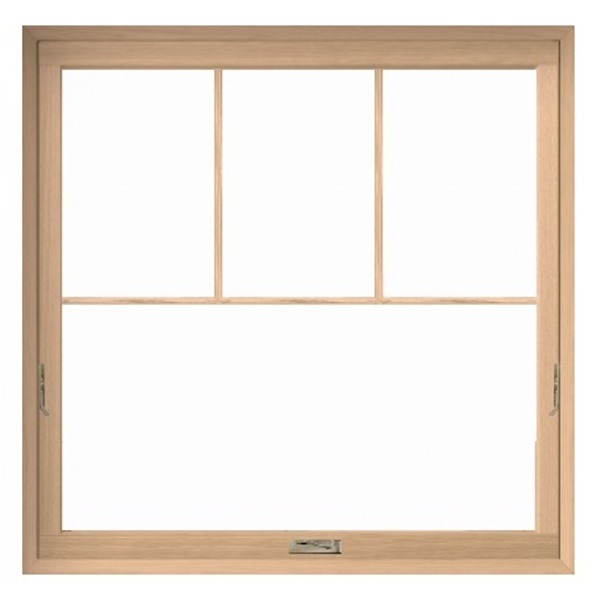MENU



Have you noticed moisture between the panes of glass on your double-hung windows? This is a common problem in Dayton homes with older, wooden windows, and it’s also seen with a lot of vinyl replacement windows. Condensation between the glass is usually indicative of a broken window seal. Keep reading for a closer look at window seals, how they lead to condensation buildup, and what you can do to solve this problem.
What Are Window Seals?
Most modern double-hung windows feature dual-pane glass. In other words, both the bottom and top window sash feature two panes of glass, one mounted inside the other in the window sash. When the window is new, these pieces of glass are each sealed tightly into the sash. This prevents air from leaking between the glass panes, which keeps your home comfortable and energy-efficient.
As windows age, the seals that hold the window glass into the sash can break down or deteriorate. With wood windows, the seal breaks as the wood ages and develops rot. New vinyl windows often develop leaky seals as the vinyl contracts and expands in response to temperature fluctuations.
Why Does Condensation Build up When Windows Develop Leaks?
Once the seals are compromised, air is free to leak between the panes of your double-hung windows. This air has a certain level of moisture within in. (In the summer, the air in your Dayton home tends to be pretty humid.) When the temperature drops, such as in the evening, some of the water condenses out of the air between your window panes. This moisture clings to the inside surfaces of the glass.
Because airflow between the glass panes is still limited, the moisture that condenses out of the air does not tend to evaporate quickly. Instead, more and more condensation builds up overtime. What initially looks like some fogginess inside your windows can progress to larger droplets of moisture.
Will Window Condensation Cause Damage?
Condensation between your window panes is not just ugly. It’s also a threat to the condition of your windows and home. Moisture begets mold, so you may soon begin to notice mold growth in and around your windows. Now that they’re being exposed to constant moisture, the windows will begin deteriorating even more rapidly — especially if they are wood windows.
What Can You Do About Condensation in Double-Hung Windows?
While there are companies that advertise repair services for windows with condensation buildup and damaged seals, repairing these windows is not often worthwhile. Once the seals have been compromised, they are prone to breaking again, even after they are repaired. And repairing the windows usually means that any water damage to the sash is left unaddressed.
The best fix for double-hung windows with moisture between the glass is to replace the windows. Make sure you steer clear of vinyl windows, as these may soon develop similar air leaks and moisture issues. Instead, consider Fibrex® windows from Renewal by Andersen. Fibrex resists warping, even in Dayton’s fluctuating temperatures, so it stays tightly sealed to the glass and protects against condensation buildup.
If moisture has begun to appear within the windows on your Dayton home, do not ignore this issue. Condensation buildup indicates that your window’s seals are compromised. Contact Renewal by Andersen to schedule a free, in-home consultation, and learn more about our leak-resistant, Fibrex windows.